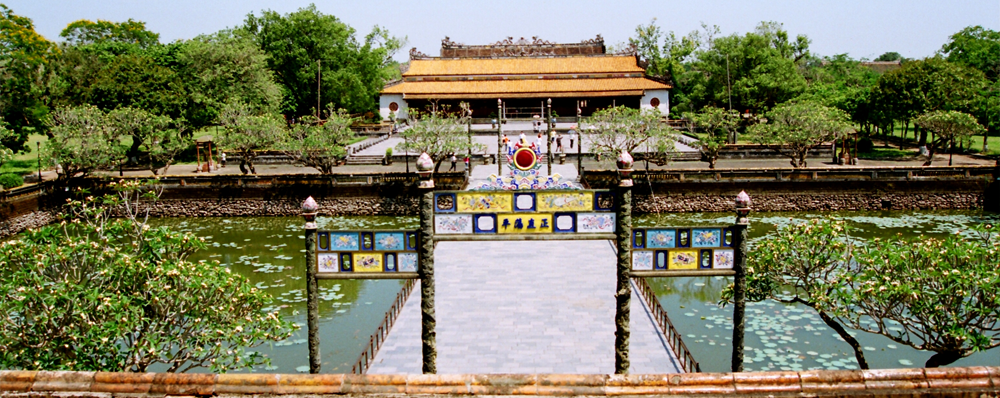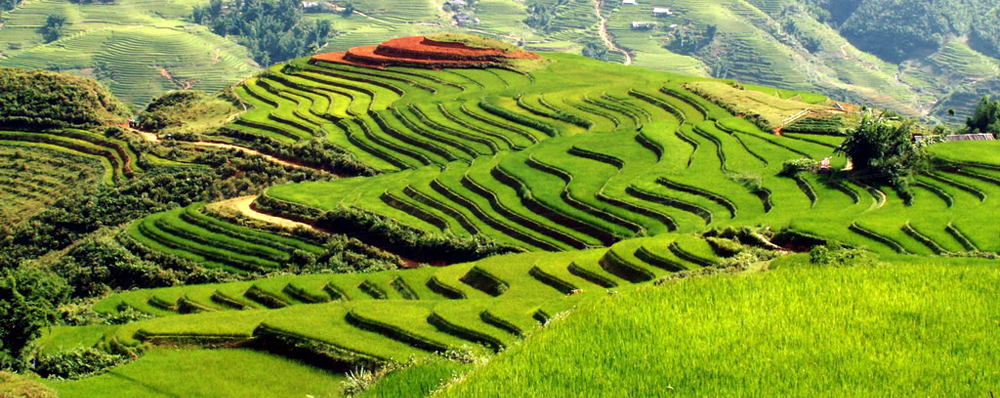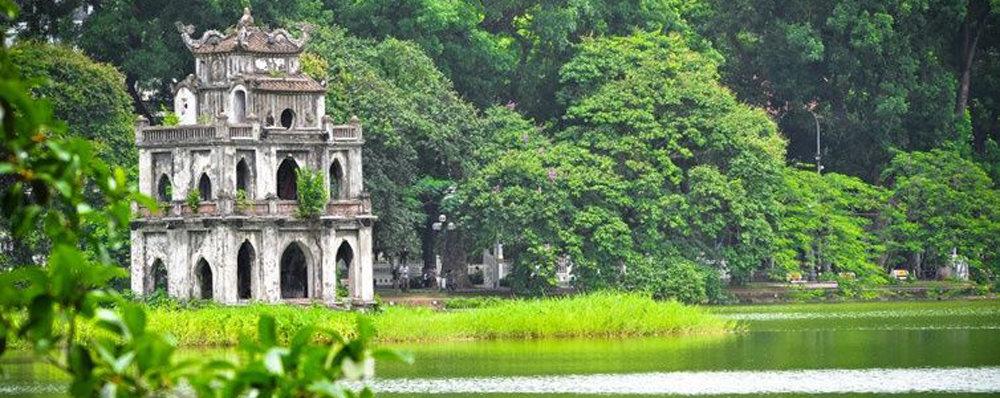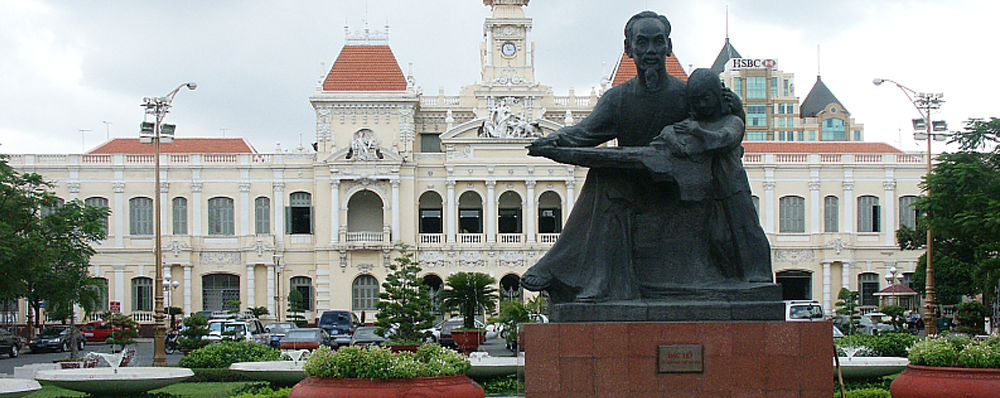




Vietnam Experience Tours 15D14N
Vietnam short tour package - 10D9N
Vietnam budget & short tour 7D6N
Best of Vietnam by train 12D11N
Vietnam - attractive destinations 11D10N
Vietnam Interesting tour 12D11N
Discover Vietnam with Beach relaxing 17D16N
Vietnam highlight & typical tour 11D10N
Economic Vietnam tour 10D9N – SPECIAL DEAL
Vietnam tour: North – Central – South – 10D9N
Hanoi – Sapa – Topas Ecolodge – Halong bay 7D6N trip
8D7N perfect Vietnam North tour
Hanoi - Trang An - Sapa - Halong Bay - 8D7N
Hanoi - Halong Bay - Sapa - 6D5N
Hanoi - Sapa - Halong Bay - 5D4N
Discover Sapa & Halong Bay tour - 8D7N
6D5N New & Special tour in the Vietnam North
Hanoi - Halong Bay - Bai Dinh Pagoda & Trang An - 6D5N
Hanoi-Halong bay-Mai Chau valley-Bai Dinh & Trang An-7D6N
Exhibition on quid of betel chewing custom in Viet Nam
Bài viết liên quan
|
(TITC) - On the occasion of the 40th anniversary Southern Liberation Day (30 April 1975 – 30 April 2015), from 26 to 29 March 2015, in Zone B, 23 September Park (District 1, Ho Chi Minh City), the 11th Ho Chi Minh City Tourism Festival 2015 will take place with the theme “Impression of World Heritage in Viet...
|
|
|
The Can Cau market is not as spacious as the markets found in Sa Pa Town or Bac Ha District, but it attracts people from all over due to the cultural diversity of the ethnic groups residing in the border region of Si Ma Cai District.
|
|
Most popurlar tours
Video


